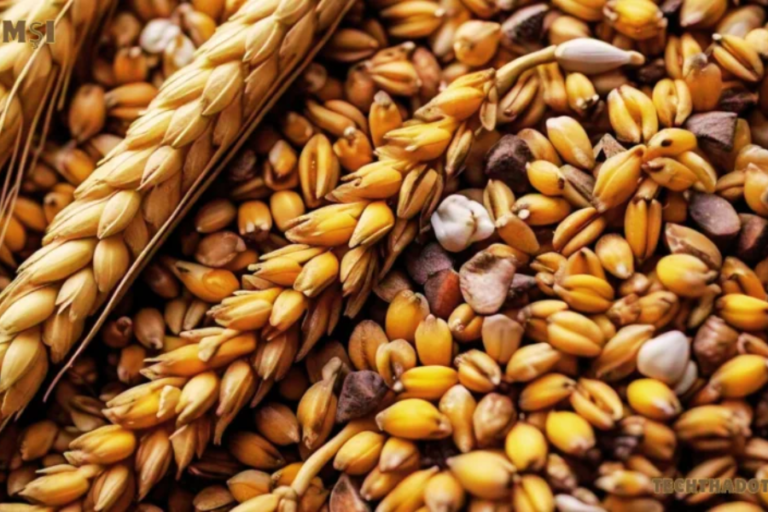The Ultimate Guide to Using the Lange Kam Voor Dreads for Perfect Dreadlock Maintenance
Dreadlocks are a striking and intricate hairstyle that has captivated people for centuries. Known for their thick, rope-like appearance, dreadlocks are often associated with a free-spirited lifestyle. Contrary to the popular belief that dreadlocks require little to no maintenance, achieving and maintaining healthy dreadlocks demands a proper care routine and the right tools. One indispensable tool in any dreadlock care arsenal is the Lange Kam Voor Dreads.
In this comprehensive guide, we’ll explore everything you need to know about dread combs, their types, and how to effectively use them for maintaining your dreadlocks. We’ll also cover tips for maintaining your dread comb, common mistakes to avoid, and frequently asked questions to ensure your dreadlocks stay healthy and well-groomed.
What is a Dread Comb?
A dread comb, often referred to as a dreadlock comb or dreadlock tool, is specifically designed to help create, maintain, and groom dreadlocks. Unlike standard combs with small, thin teeth, dread combs are made with wider and sturdier teeth. These combs are gentle on the hair, yet effective in their primary functions: separating dreadlocks, removing debris, and shaping the dreads without causing damage.
Types of Dread Combs
Dread combs come in various types, each serving a specific purpose in the care and maintenance of dreadlocks. Understanding the different types of dread combs can help you choose the one that best suits your needs:
- Wide-Tooth Dread Comb The most common type of dread comb, the wide-tooth dread comb, features broad teeth that gently separate dreadlocks. This type of comb is ideal for regular maintenance, lange kam voor dreads removing loose hair and debris from your dreads. It’s also useful for gently detangling any locks that may have fused together.
- Dread Hook A dread hook is a specialized tool with a curved design and a pointed end. It’s particularly useful for precise work, such as separating tightly locked sections or removing small knots. The dread hook allows for detailed grooming, making it an essential tool for maintaining the neatness of your dreadlocks.
- Dreadlock Brush A dreadlock brush is a hybrid tool that combines the features of a comb and a brush. It’s designed for smoothing out dreadlocks and removing loose hair from the surface of the dreads. The brush-like feature helps in maintaining the overall appearance of your dreadlocks, giving them a polished and well-groomed look.
How to Use a Dread Comb
Using a dread comb may seem straightforward, but it requires a gentle touch and the right technique to avoid damaging your dreadlocks. Here’s a step-by-step guide on how to use a dread comb effectively:
- Prepare Your Hair Before you begin combing, make sure your dreadlocks are slightly damp. Damp hair is more pliable and easier to manage, reducing the risk of breakage or damage. You can lightly mist your dreads with water or use a water-based leave-in conditioner to achieve the right level of moisture.
- Start at the Roots Begin combing at the roots of your dreadlocks, using gentle, upward strokes. The roots are where new growth occurs, and they can sometimes become loose or tangled. By starting at the roots, you can help tighten and shape your dreadlocks from the base.
- Separate Dreads Use the wide-tooth comb to carefully separate any dreadlocks that have become tangled or fused together. Be patient and avoid pulling too hard, as this can cause breakage. If you encounter a particularly stubborn tangle, use the dread hook to carefully tease it apart.
- Remove Debris As you comb through your dreadlocks, keep an eye out for any loose hair, dirt, or product buildup. Gently remove these using the wide-tooth comb or dreadlock brush. Regular removal of debris helps keep your dreadlocks clean and healthy.
- Tighten the Base If you notice that your dreadlocks are loosening at the roots, you can use the comb to gently tighten them. However, be cautious not to over-tighten, as this can cause unnecessary stress on your hair follicles and lead to breakage or thinning.
Tips for Dread Comb Maintenance
lange kam voor dreads like any other tool, your dread comb requires proper care to ensure its longevity and effectiveness. Here are some tips for maintaining your dread comb:
- Clean Regularly After each use, wash your dread comb with warm water and mild soap. This will remove any hair, dirt, or product buildup that may have accumulated during use. A clean comb ensures that you’re not reintroducing debris into your hair the next time you use it.
- Store Properly To prevent damage to your dread comb, store it in a dry place where it won’t be exposed to moisture or humidity. Moisture can weaken the material of the comb, making it more prone to breakage.
- Inspect for Damage Regularly check your dread comb for any signs of wear and tear, such as cracks or missing teeth. If you notice any damage, it’s best to replace the comb to avoid causing harm to your dreadlocks.
Common Dread Comb Mistakes to Avoid
Maintaining dreadlocks with a dread comb is relatively simple, but there are some common mistakes that can lead to damage or less-than-ideal results. Here’s what to avoid:
- Combing Too Forcefully One of the most common mistakes is combing too aggressively. This can cause breakage and damage to your dreadlocks, especially if your hair is already fragile. Always use a gentle touch and take your time when combing.
- Using the Wrong Type of Comb Using a regular comb on dreadlocks is a big no-no. The fine teeth of a regular comb are not designed to handle the thickness and texture of dreadlocks, and they can cause the dreads to unravel or break.
- Neglecting to Clean Your Comb A dirty comb can transfer bacteria, dirt, and product buildup back into your dreadlocks, leading to potential scalp issues and dull-looking dreads. Make it a habit to clean your dread comb after each use.
FAQs :
Q: Can I use a regular comb on my dreadlocks?
A: No, regular combs are not suitable for dreadlocks. The fine teeth can damage your dreadlocks and cause them to unravel. It’s essential to use a dread comb specifically designed for this purpose.
Q: How often should I comb my dreadlocks?
A: The frequency of combing depends on your hair type and lifestyle. Generally, combing your dreadlocks once or twice a week is sufficient to maintain their shape and cleanliness.
Q: Can I use a dread comb on wet dreadlocks?
A: While it’s possible to comb wet dreadlocks, it’s generally recommended to comb them when they are damp rather than fully wet. Wet dreadlocks are more fragile and prone to damage, so proceed with caution.
Q: Can I use a dread comb to tighten my dreadlocks?
A: Yes, you can use a dread comb to gently tighten the base of your dreadlocks. However, be careful not to over-tighten, as this can cause tension on the scalp and weaken the hair at the roots.
Conclusion
Dreadlocks are a beautiful and unique hairstyle that requires dedication and the right tools for proper maintenance. The Lange Kam Voor Dreads is an essential tool that can help you maintain the health, cleanliness, and appearance of your dreadlocks. By understanding the different types of dread combs, using them correctly, and avoiding common mistakes, you can enjoy long-lasting, well-groomed dreadlocks that reflect your style and personality.
With regular maintenance and proper care, your dreadlocks can remain a stunning expression of your individuality for years to come.







